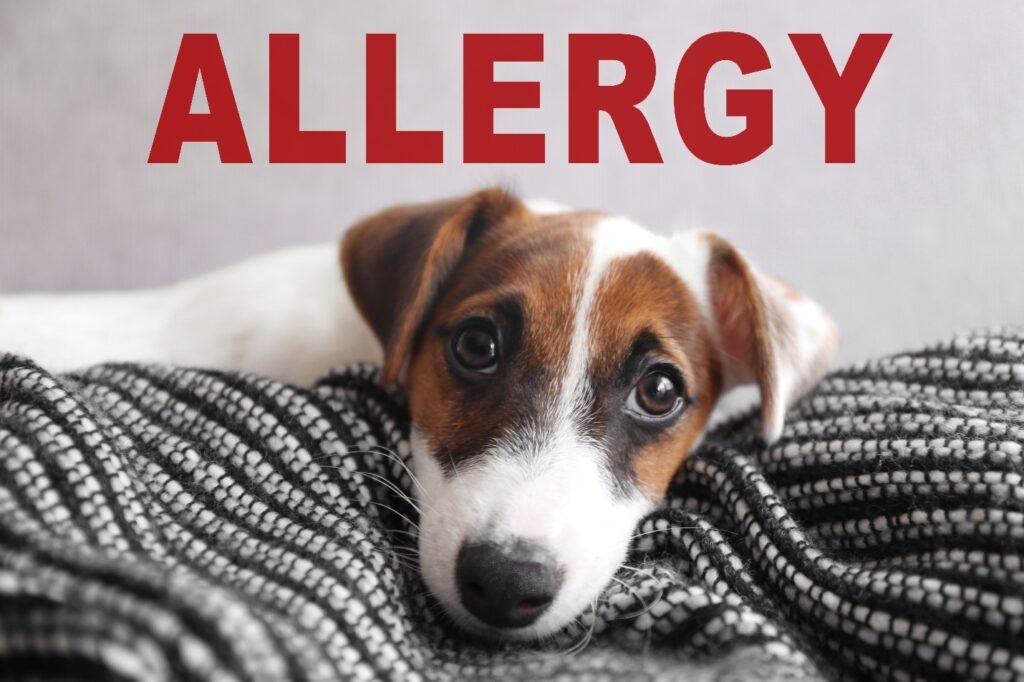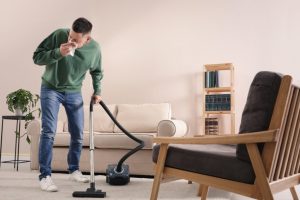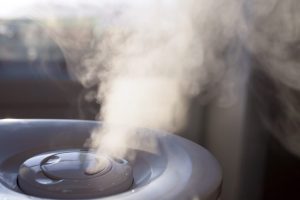Allergies are a condition that can complicate something as simple as living at home. The problem lies in that it can be difficult to avoid things that can cause simple allergy symptoms to life-threatening emergencies. Since it’s not possible for everyone who has allergies to live right next to a hospital, the best option is to optimize the home environment.

It may not be possible to eliminate every possible allergen that causes mild allergies, but the identification of specific triggers of severe allergies that can exist in the home is imperative. Yet, even simple allergens can be prevented with a home that is in a generally clean and hygienic state.
In what follows, we’ll be sharing several helpful and effective tips concerning the management of allergies in an at-home environment. These tips can assist in full-proofing the home to ensure emergencies are avoided and optimal health and wellness are promoted.
Tips for Managing Allergies At Home
Living with an allergy or allergies, however mild, can prove to be a difficulty. Should the allergy or allergies be severe, the result could be more than a mere hindrance and can lead to significant issues. Thus, maintaining a healthy home living environment will be the way to prevent these problems.
While many of the environments outside the home that are traveled through on a day-to-day basis can’t be controlled, the home environment can be, so it should. The following are some methods of control:

Maintain a Clean Environment
One of the most common types of allergies are those caused by dust, mold, and other bacterial pollutants frequently found in an unclean home. For those that have such allergies, eliminating these allergens is of the utmost importance.
By prioritizing a daily tidy and a weekly clean of the floors, furniture, windows, and other areas known to gather dust, allergic reactions can be avoided, and optimal health can be obtained.
Ensure Sufficient Air Filtration
Depending on the season in question, some home methods can be used. For example, during springtime, keeping windows closed will help decrease the amount of pollen invading the home. And for this reason, cooling elements such as fans or central air conditioning would be a better option than opening windows.
In other scenarios, air filtration can be an appropriate option. To ensure sufficient air filtration, however, consider using a HEPA device that comes equipped with a filter that blocks pollen from entering the air vents. Like any filter, HEPA filters require frequent cleaning to remove any dust that builds up on both the inside and outside of the mechanism.
Air filters located in the HVAC of the house should also be replaced on a regular basis. It’s helpful to set up this type of seasonal replacement with your HVAC company or purchase these devices and replace them yourself.
Maintain a Healthy Level of Humidity
While humidity is often thought of as a condition that’s to be avoided, a healthy level of humidity can promote the prevention of mold growth and dust build-up. Optimal humidity levels are said to be under 50% (typically 30-40%) in the home. This, of course, depends on the temperature outside of the home.

There are methods that can be used to increase humidity manually in the home during the colder months if the home does not have a central humidifier. Also, simple humidifier machines can be placed throughout the house, yet these devices will require regular maintenance and adequate water to work efficiently.
Perform Routine Home Audits
While daily and weekly clean-ups are sufficient to maintain minimal dust throughout the home, scheduling a more thorough clean on a monthly or even quarterly basis is key to maintaining an optimally clean home environment.
Checking the floors and walls for possible mold and revisiting previously cleaned areas to ensure that nothing was missed is a great home audit strategy for maintaining an allergen-free home.
It may also be worth considering hiring a company to clean the central HVAC system to decrease the overall allergen load.
Remain up-to-date with Medications
In addition to maintaining the home environment, it’s also important to ensure that the medications responsible for managing allergy symptoms are both easily accessible and up-to-date.
These medications include antihistamines, asthma inhalers, and EpiPens to be the best prepared for these situations in the home.
Avoid Allowing Food Triggers into the Home
Finally, avoid bringing food-related triggers into the home. Even if they are mild allergies, it’s best not to allow those symptoms to occur at all.
One last point about food is to make sure to clean up properly after eating meals or snacks since crumbs and debris left over from food can induce insect infestation. An allergy to insects is often present in individuals, and this can create undesirable symptoms.
Final Thoughts
Managing allergies and preventing triggers from being present can be controlled in the home. While it involves a level of effort, upkeep, and consistency, the result can be profound in protecting the individual with allergies.
It’s worth considering the investment in time or money to achieve an allergy-safe environment in the home.
